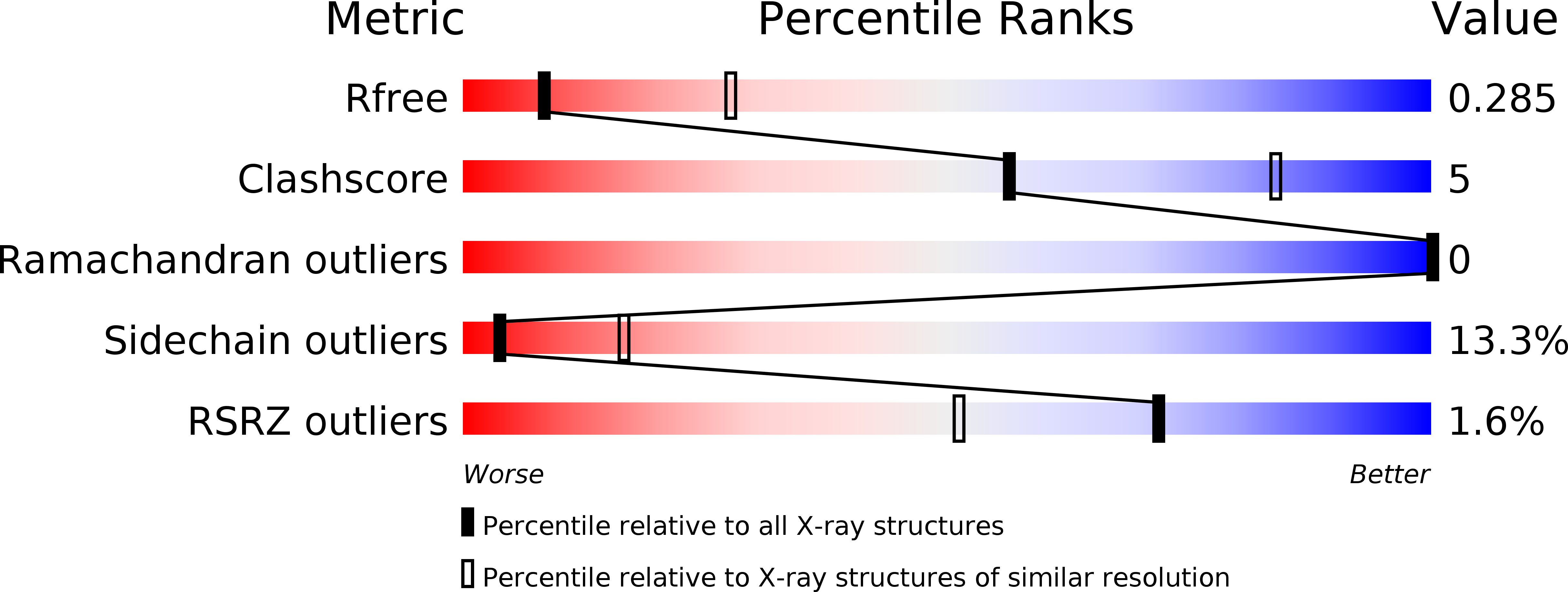
Deposition Date
2016-09-18
Release Date
2017-06-28
Last Version Date
2024-01-17
Entry Detail
Biological Source:
Source Organism:
Lactobacillus paracasei (Taxon ID: 1597)
Host Organism:
Method Details:
Experimental Method:
Resolution:
3.10 Å
R-Value Free:
0.28
R-Value Work:
0.22
R-Value Observed:
0.22
Space Group:
I 41


